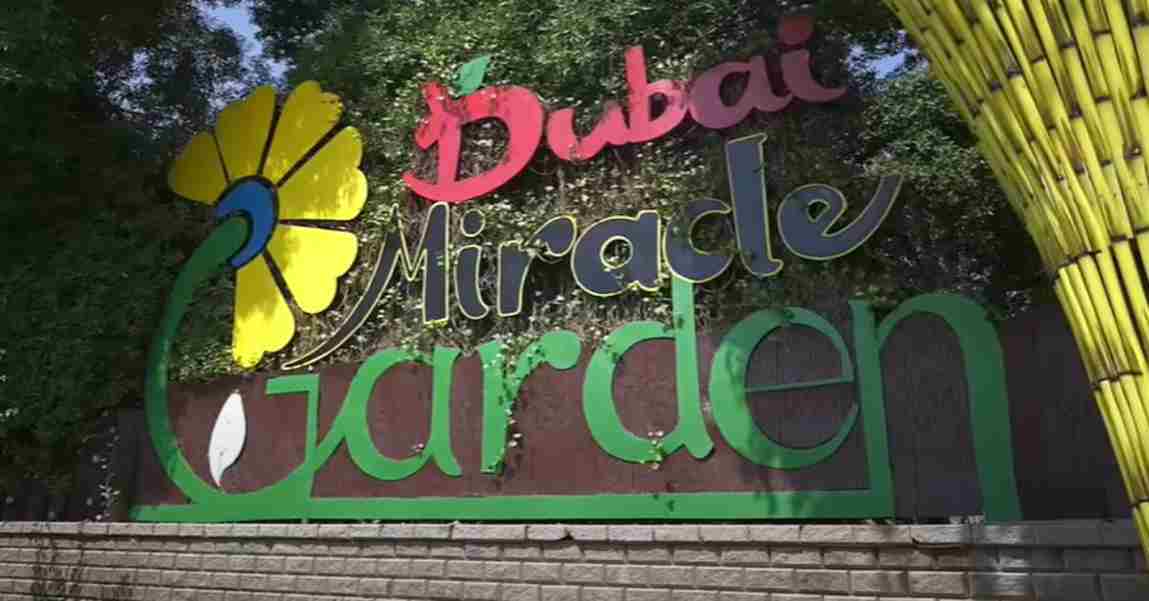History of Dubai: From Desert Village to Global Metropolis
In 1892, Dubai’s rulers signed a treaty with the British, which allowed the emirate to benefit from British protection without formal colonization.

The history of Dubai is a fascinating journey from a modest fishing village to one of the world’s most luxurious and modern metropolises.
Over a few centuries, Dubai has transformed from a small settlement of Bedouins and pearl divers to a global center for trade, tourism, and finance. Here’s an exploration of Dubai’s journey through time.
Early Beginnings (Before 18th Century)
Dubai’s history begins around 3,000 BCE, with the area being home to a small community of Bedouin tribes who thrived on fishing, pearling, and trading.
Archaeological discoveries, such as artifacts from the Bronze Age, indicate that Dubai and surrounding regions were part of trading networks with Mesopotamia and the Indus Valley. The area’s strategic location made it a gateway between the East and the West, a reputation it would maintain through the centuries.
19th Century: The Al Maktoum Dynasty and the Growth of Trade
Dubai’s modern history took shape in 1833 when a group from the Al Bu Falasah tribe, led by Sheikh Maktoum bin Butti, established control over Dubai, forming the foundation for the ruling Al Maktoum dynasty that governs the emirate to this day.
In 1892, Dubai’s rulers signed a treaty with the British, which allowed the emirate to benefit from British protection without formal colonization. This agreement marked the beginning of Dubai’s emergence as a major trade hub.
Dubai’s strategic position on the Persian Gulf was advantageous for trade with India, Iran, and other nearby countries. By the end of the 19th century, Dubai had become a haven for traders who wanted to escape higher taxes imposed by other Gulf cities.
Early 20th Century: Pearling and Economic Challenges
The early 20th century saw Dubai prospering as a major center for pearling. However, the industry was fragile and seasonal, with divers braving great risks to gather oysters from the Gulf.
Despite the prosperity from the pearl trade, Dubai faced economic hardship in the 1930s due to the global economic depression and competition from Japanese cultured pearls. This downturn pushed Dubai to further diversify its economy and seek new forms of income.
The Discovery of Oil (1960s)
The discovery of oil in 1966 marked a turning point for Dubai and the entire region. While oil reserves in Dubai were less substantial than those of its neighbors, the revenue provided the financial foundation for rapid development.
Sheikh Rashid bin Saeed Al Maktoum, ruler of Dubai, wisely invested oil profits into modernizing infrastructure. Major projects like Port Rashid and Dubai International Airport began taking shape in the 1960s, laying the groundwork for Dubai’s transformation into a modern city.
1971: Formation of the United Arab Emirates
In 1971, Dubai, along with six other emirates, formed the United Arab Emirates (UAE), establishing a unified and stable nation under a federal structure. This union created a more secure environment for Dubai’s economic growth, as the emirates benefited from mutual support and shared resources.
1980s–1990s: Diversification and Tourism Boom
Dubai’s leadership recognized the finite nature of oil reserves and began focusing on economic diversification to build a sustainable future. Sheikh Rashid and later his son, Sheikh Mohammed bin Rashid Al Maktoum, launched initiatives to make Dubai a global city.
The creation of the Jebel Ali Free Zone in 1985 attracted foreign investment, while the development of luxury hotels and modern infrastructure marked Dubai’s entry into the global tourism market. This period also saw the establishment of Emirates Airline, which connected Dubai to global markets and contributed to its reputation as a travel hub.
The 1990s were characterized by bold construction projects, such as the iconic Burj Al Arab, which redefined luxury and became an international symbol of Dubai’s ambition.
21st Century: Megaprojects and Global Recognition
The 21st century has been a period of rapid growth and development for Dubai. The construction boom brought forth the Palm Jumeirah, the world’s largest man-made island, and the Burj Khalifa, the tallest building in the world.
These projects not only positioned Dubai as a global tourist destination but also helped redefine the city’s skyline.
Dubai also became a major financial hub, with the establishment of the Dubai International Financial Centre (DIFC) in 2004. The DIFC attracted international banks and financial institutions, solidifying Dubai’s status as a financial powerhouse.
Challenges and Resilience
Despite its growth, Dubai has faced challenges, particularly during the 2008 global financial crisis. The real estate market faced a severe downturn, but the government responded with economic reforms and a bailout from neighboring Abu Dhabi.
By focusing on sustainability, tech innovation, and renewable energy, Dubai has continued to adapt and thrive.
Present Day and Future Aspirations
Today, Dubai is a cosmopolitan city known for its multicultural population, luxury lifestyle, and groundbreaking architecture. The Dubai 2040 Urban Master Plan aims to make the city one of the most livable in the world, focusing on green spaces, mobility, and quality of life.
With Expo 2020, held in 2021 due to the pandemic, Dubai showcased its vision of the future, reinforcing its position as a global city committed to innovation, sustainability, and cultural exchange.
Dubai’s remarkable journey is a testament to visionary leadership, adaptability, and ambition, as it continues to pave the way toward a sustainable and prosperous future.
